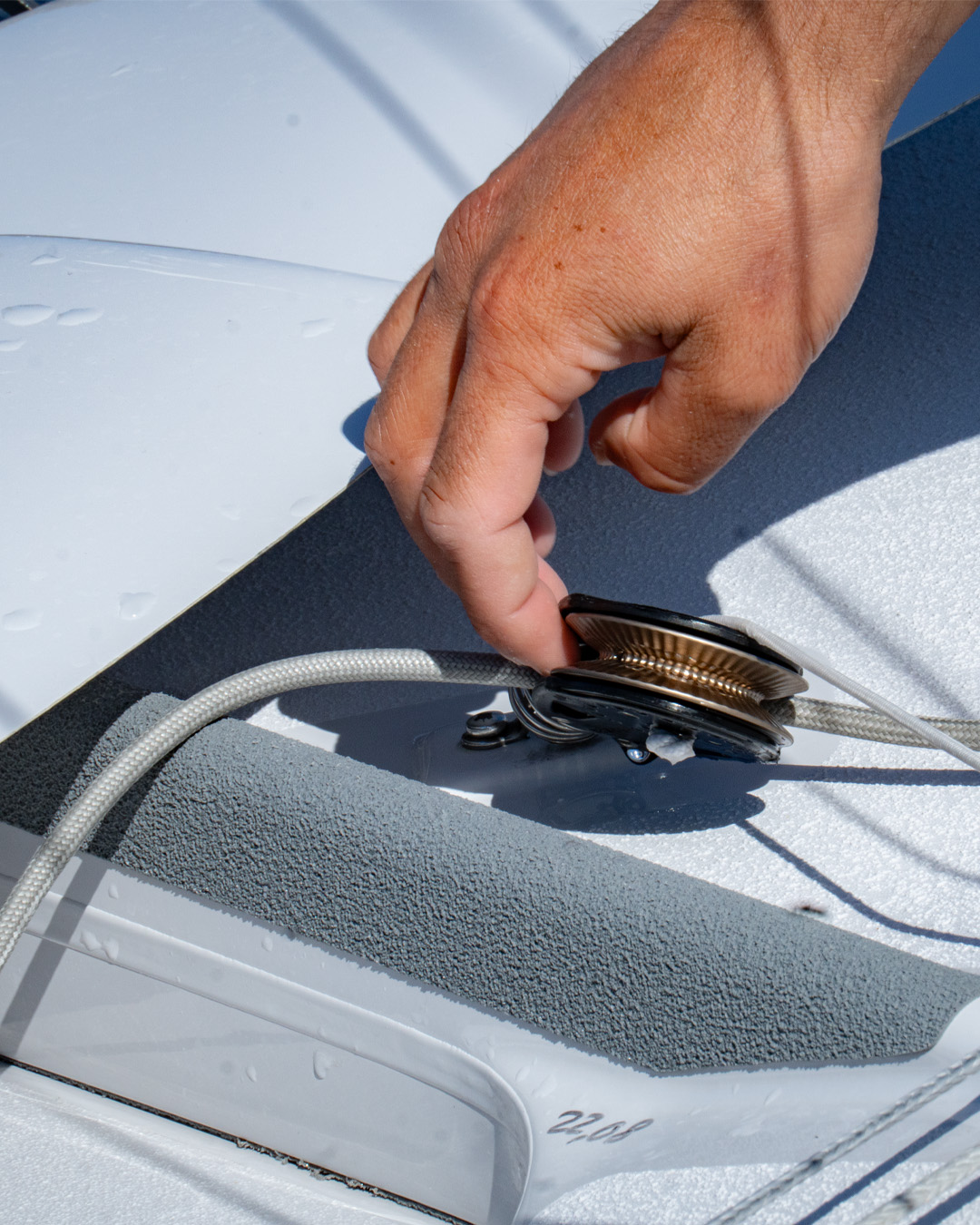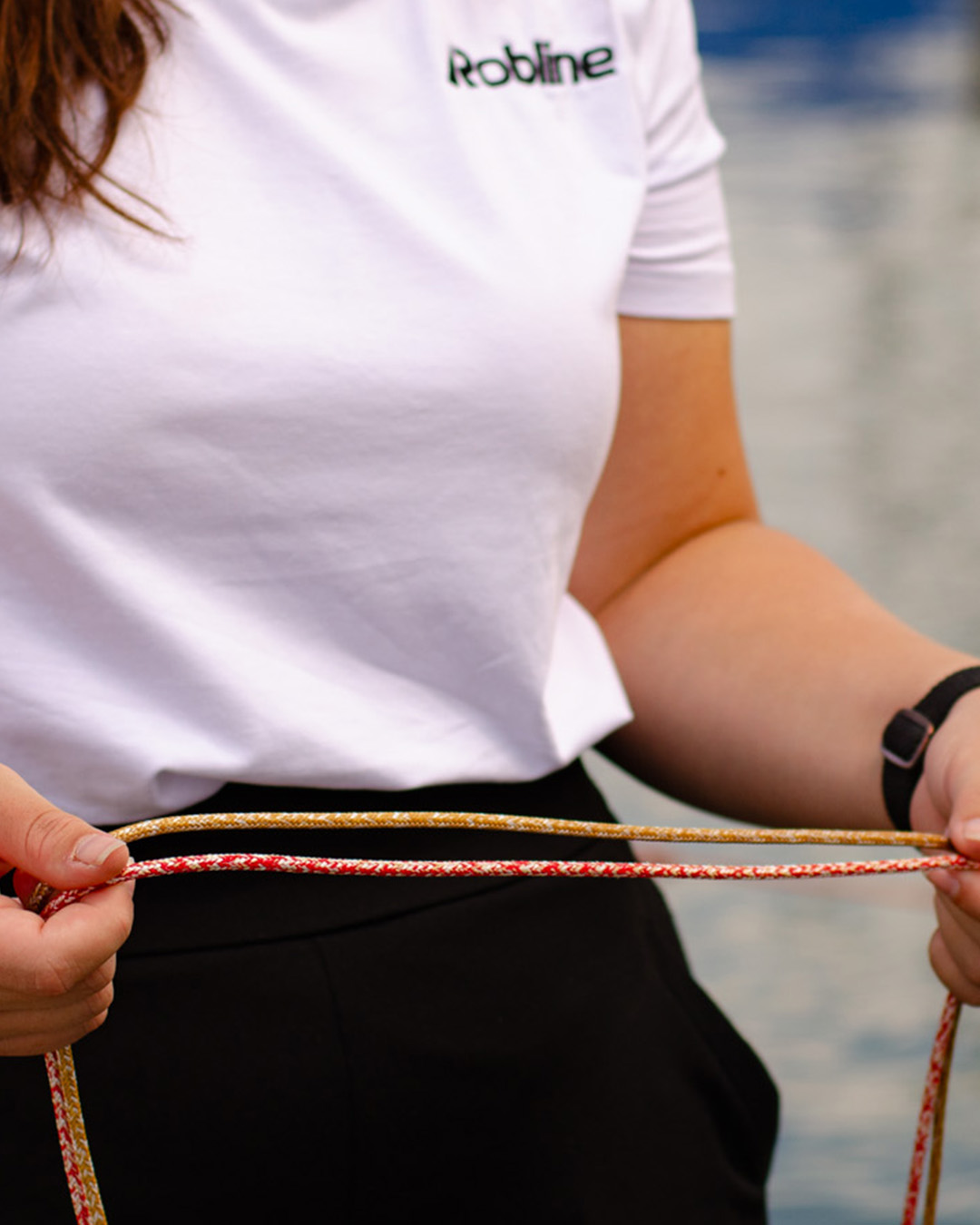Top 10 Rope Mistakes Every Sailor Should Avoid
Ropes are the lifelines of any sailboat – literally. But even the best lines can fail if they’re chosen, handled, or maintained the wrong way. These are the ten mistakes we see most often, both at the dock and on the racecourse.
1. Choosing the wrong diameter
Too thin and you risk slippage in winches and clutches. Too thick and you add weight and reduce efficiency. Always match rope diameter to your hardware specs.
2. Neglecting rope care
Salt, sand, and dirt act like sandpaper inside the fibres. Rinse ropes with fresh water after heavy use to keep fibres strong.
3. Storing ropes the wrong way
UV exposure and heat will degrade ropes faster than you think. Store clean and dry, out of direct sunlight.
4. Using the wrong rope for the job
Polyester for high-load halyards? Not ideal. Match rope material to the load, stretch, and handling requirements of your application.
5. Improper splicing or knots
Bad splices or the wrong knots can cut rope strength by up to 50%. Learn proper techniques or have them done professionally.
6. Ignoring signs of wear
Frayed covers, faded colours, or soft spots in the core are early warning signs. Replace before failure, not after.
7. Overloading ropes
Never exceed the Safe Working Load (SWL). “It’ll hold” is famous last words on many docks.
8. Twisting ropes during use
Poor coiling or pulling ropes against their natural lay creates internal twist, reducing performance and lifespan.
9. Not labeling halyards and control lines
In the heat of a manoeuvre, grabbing the wrong line costs time – and sometimes gear. Simple colour coding or tags save confusion and speed up every tack, hoist, and drop.
10. Using the wrong cleat or clutch settings
Too tight damages the cover, too loose causes slippage. Adjust settings for each rope type and diameter.



Bottom line
Your ropes are as critical as your sails. Treat them well, choose them wisely, and they’ll perform when it matters most.
header picture:
© Yves Dimant
